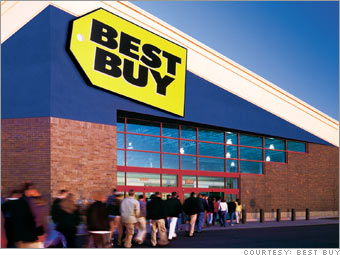Calling the manufacturer's suggested retail price the "list price" makes it sound like an item's carefully considered fair cost. In actuality, it's the maximum makers expect a retailer to charge.
To the extent that manufacturers do suggest a fair price to their retailers, it's the minimum advertised price (MAP) - or the lowest ticket they'd like to see. This usually isn't public knowledge. Manufacturers want to give retailers a chance to sell for more, and retailers certainly don't want to tell you when they're charging above what they have to.
Can stores sell below MAP? Sure. But it pays for them to be cooperative with suppliers. As Lisa Bradner, a senior analyst at Forrester Research, puts it, "There are levers a manufacturer can pull to encourage retailers that this is in their best interest."
To find a product's MAP, price it out at three large, reputable retailers. If they hover around the same price point, you're probably looking at the MAP. Can you do better? Maybe. Check smaller stores, which have less to lose by irking the supplier. Watch for rebates at big-box stores, which generally stick to MAP in their ads. And online, look for sites that say "click through for sale price."
Now for the caveats: That undersize price online may come from a less than reputable vendor, in which case you run the risk of getting last year's model, a "refurbished" version or no version at all. And a really deep in-store discount may signal that you're not getting the full product. "A low, low price digital camera may not include case, battery or memory stick," says marketer Paco Underhill, author of
Why We Buy. "They're selling it at cost and making money selling you everything it takes to make it work."

